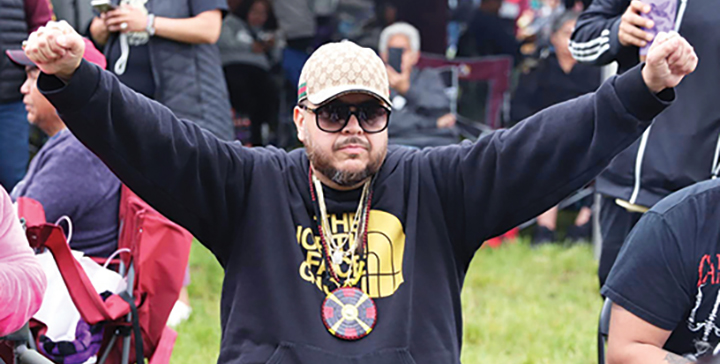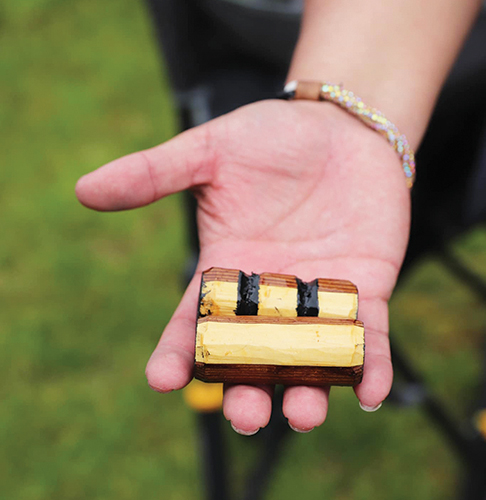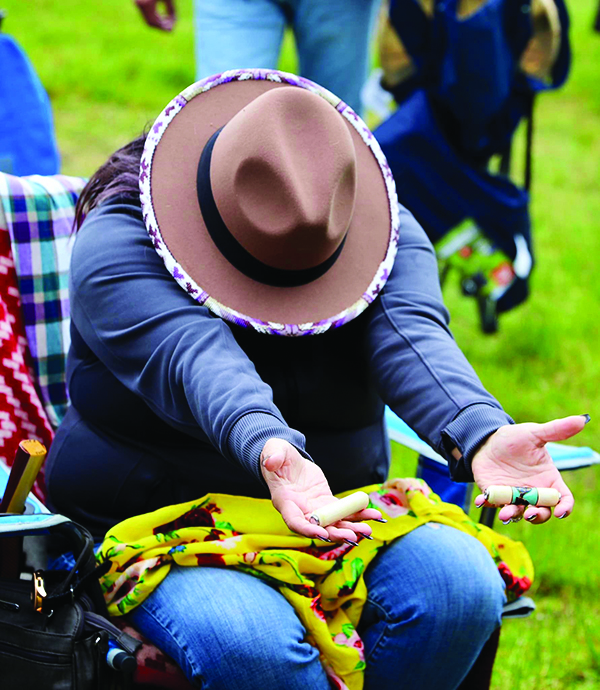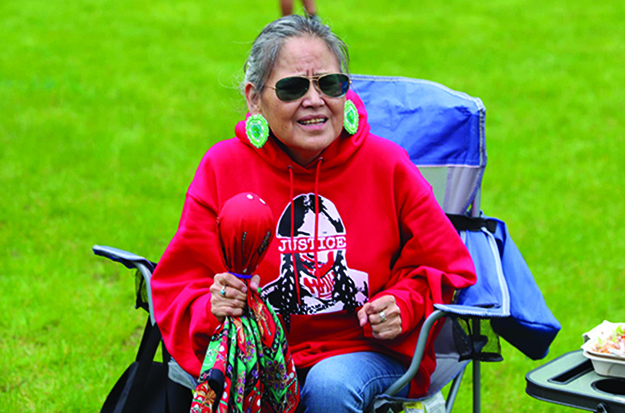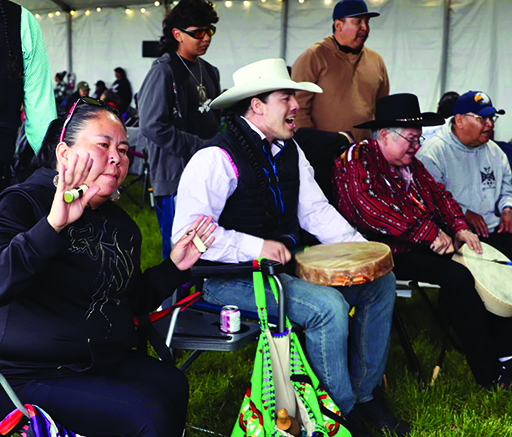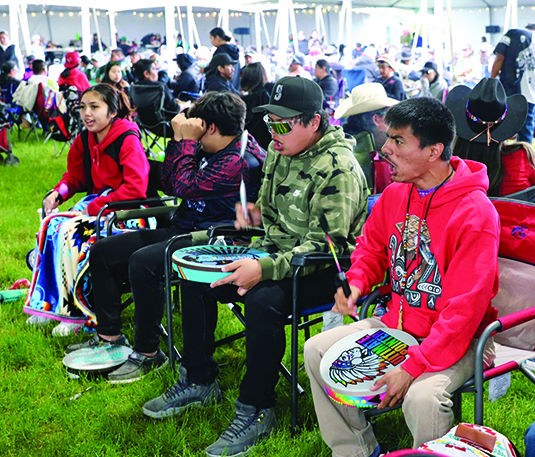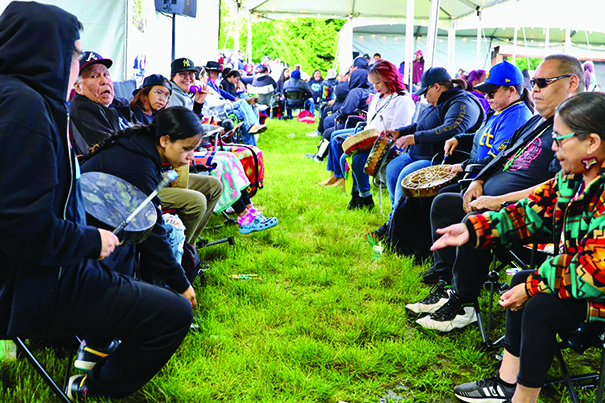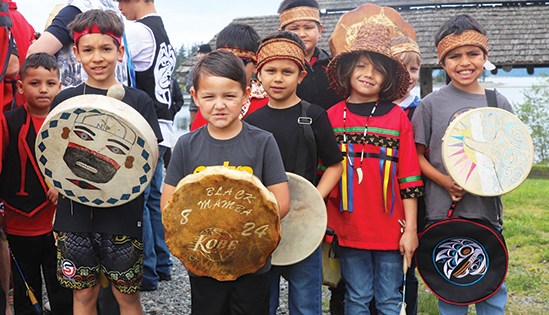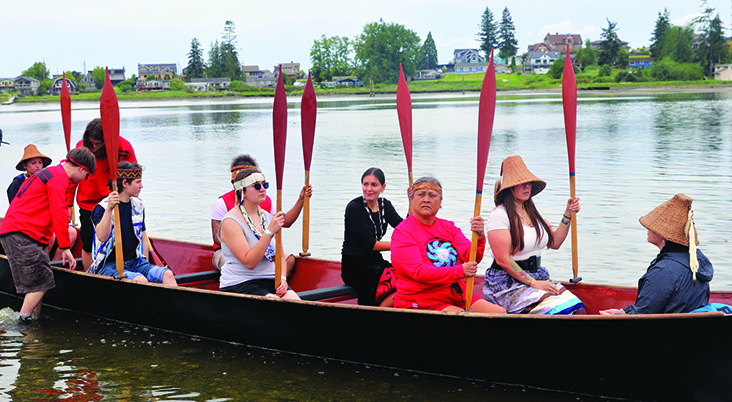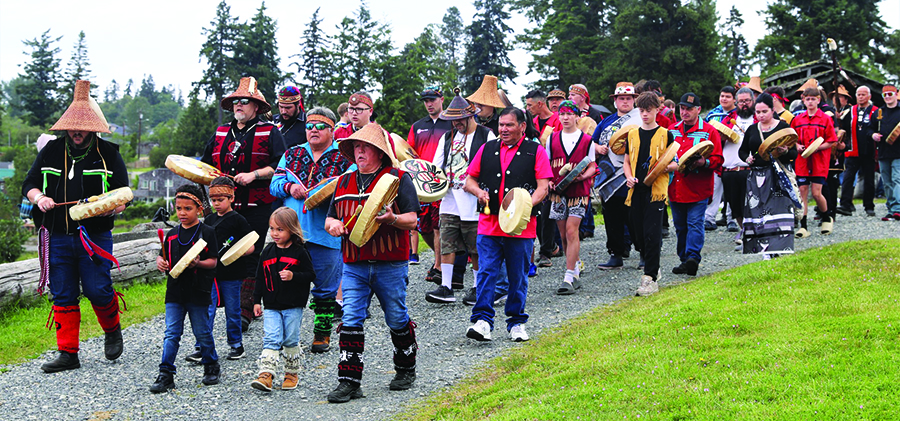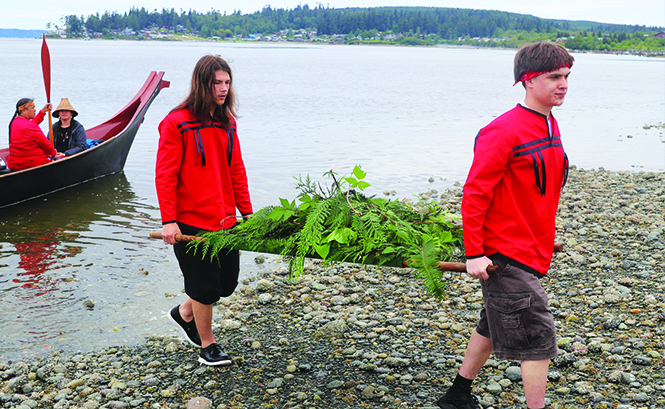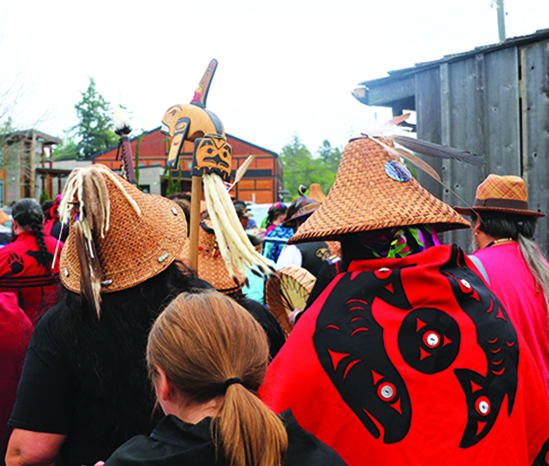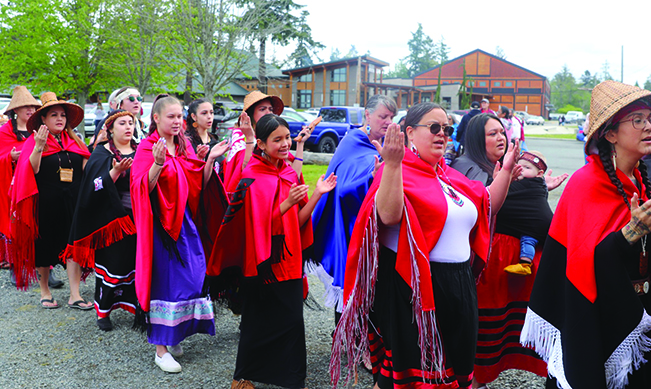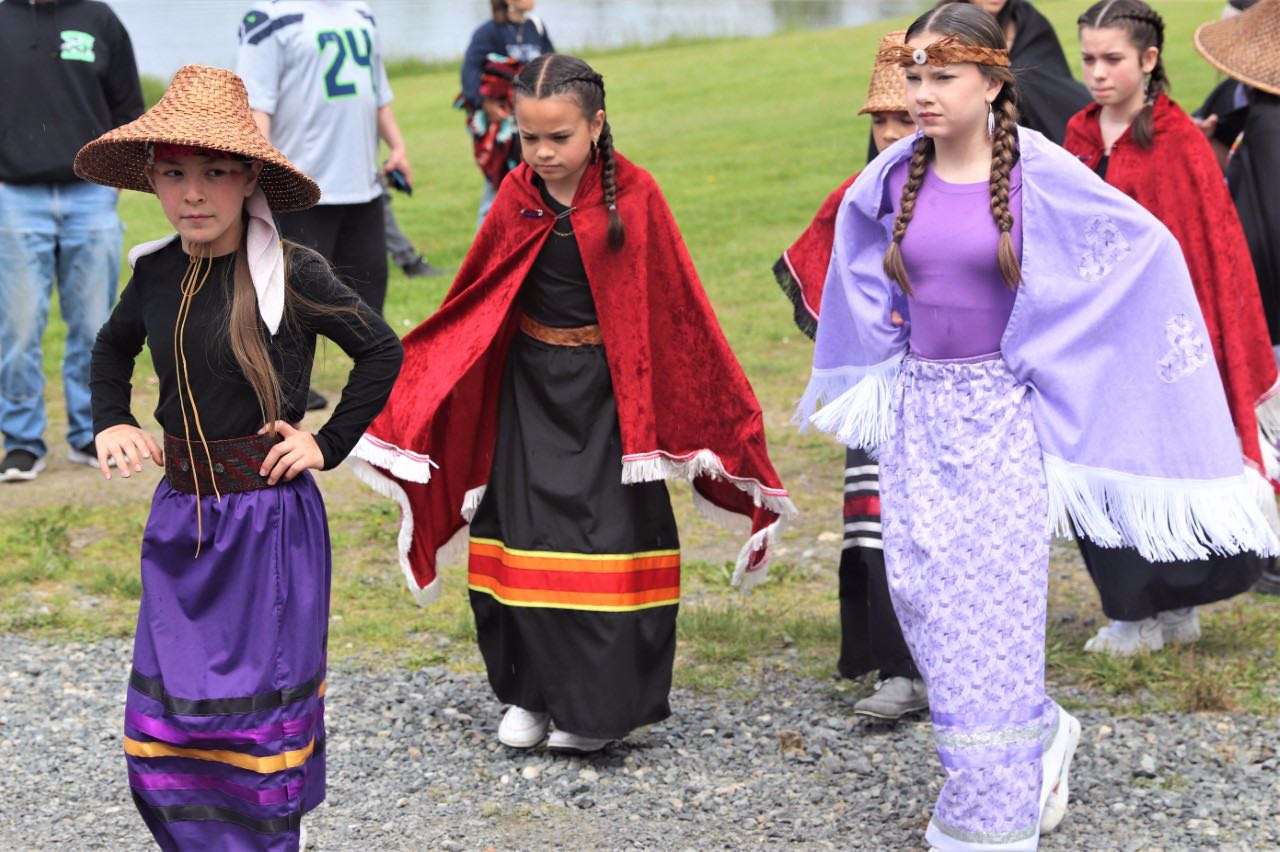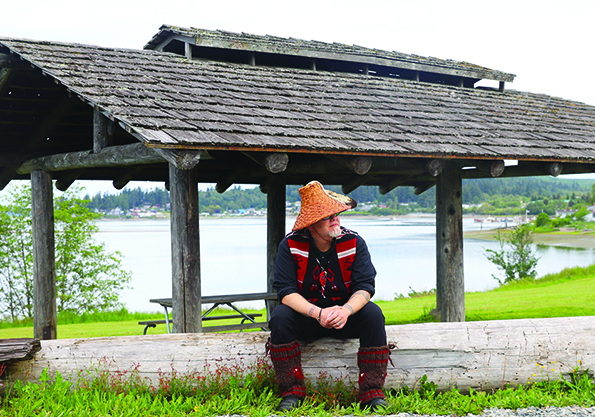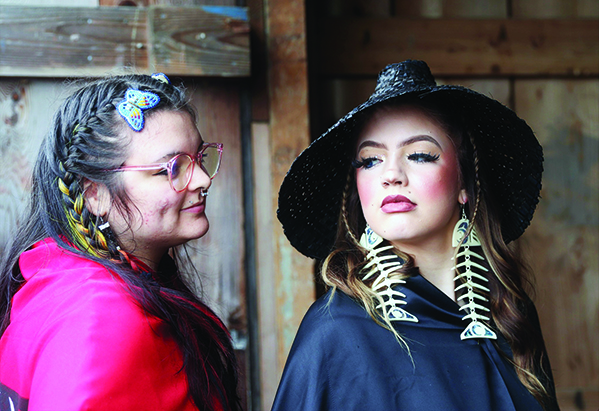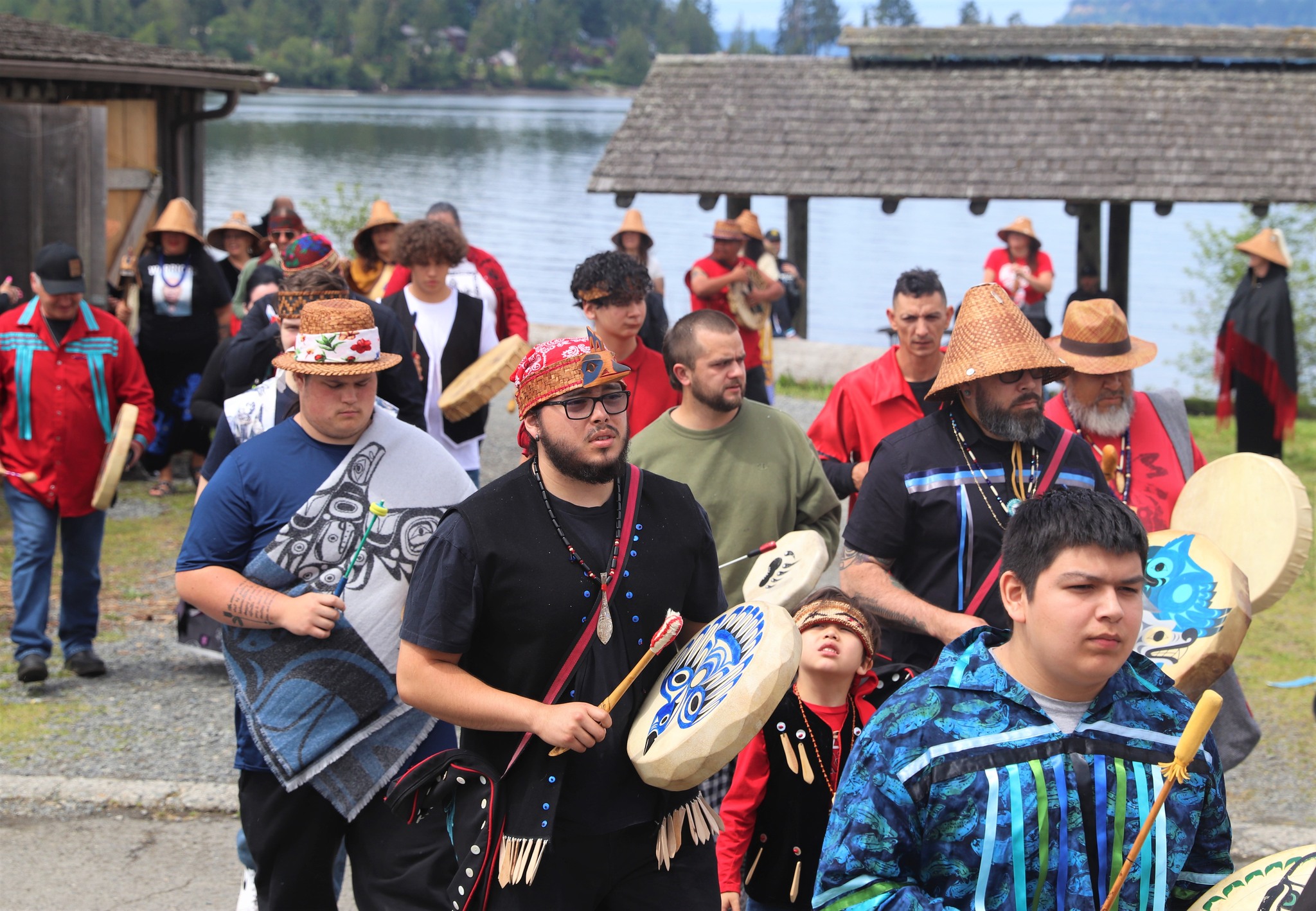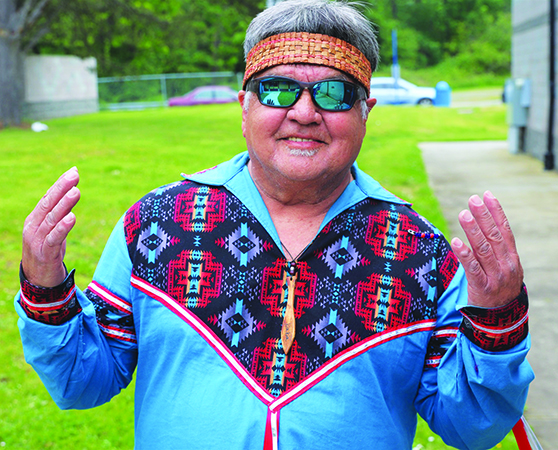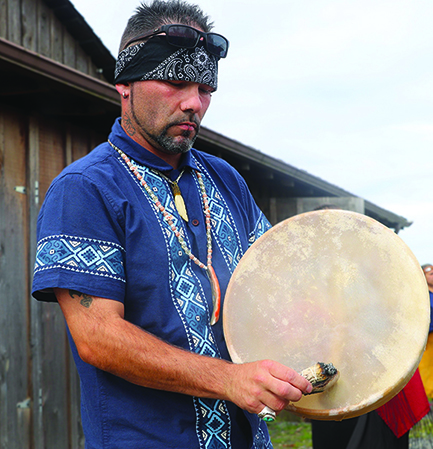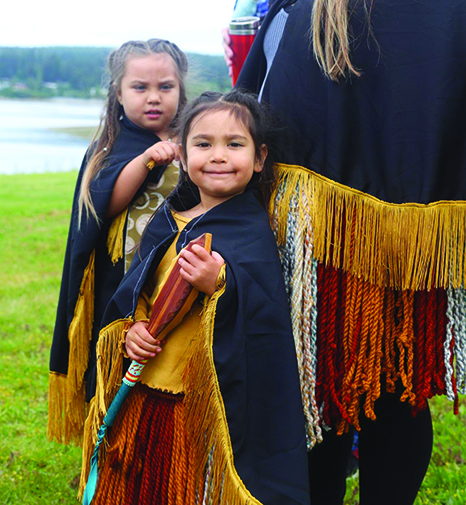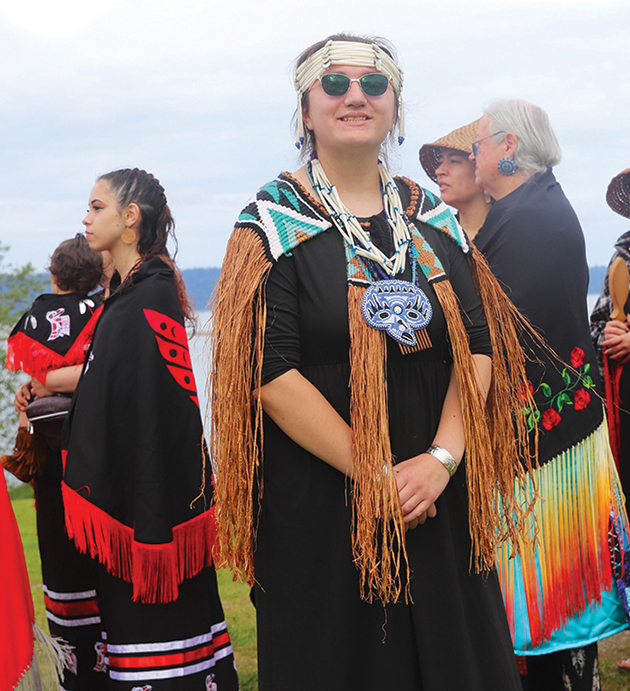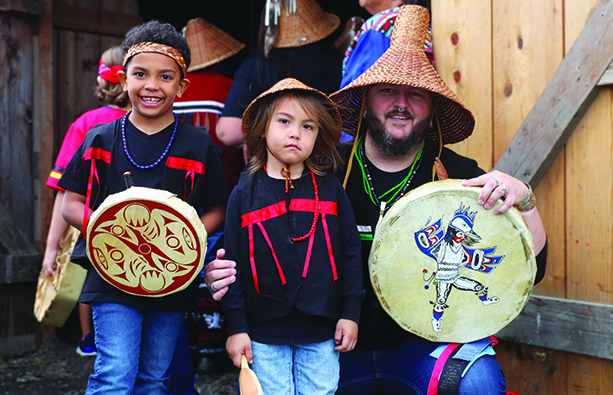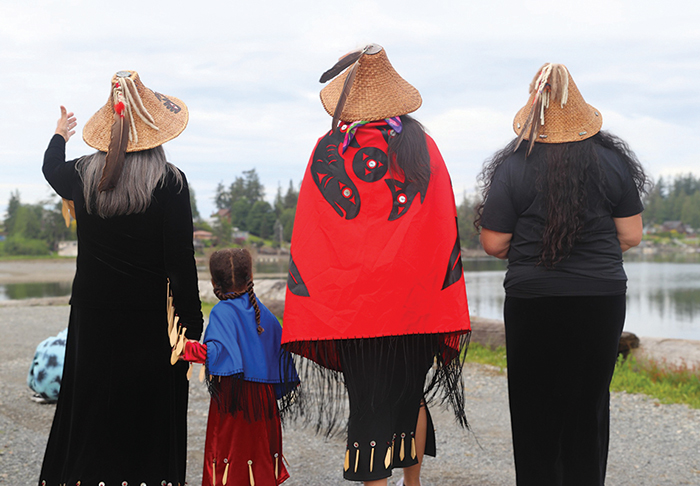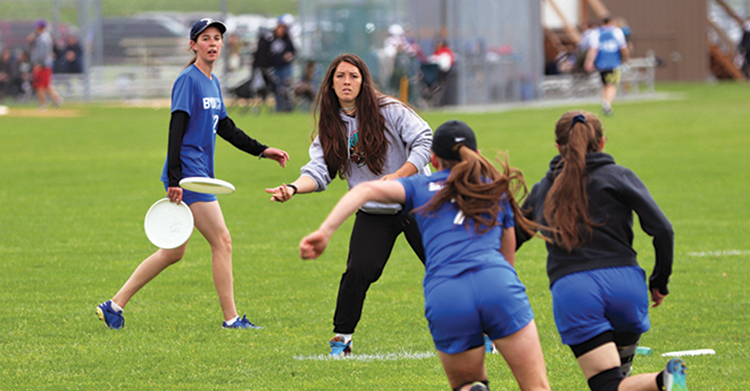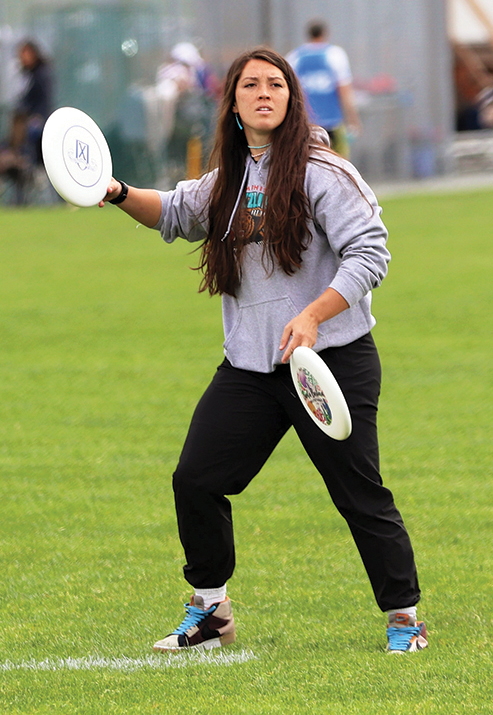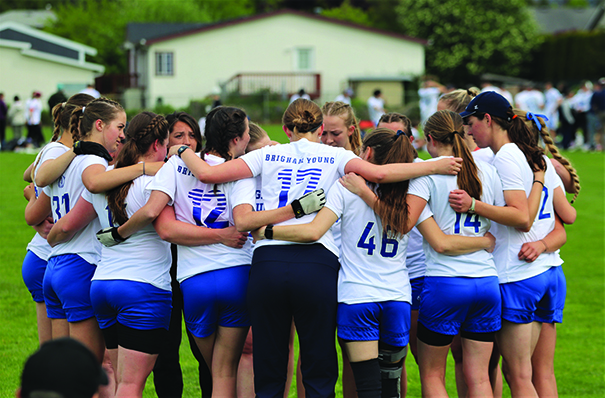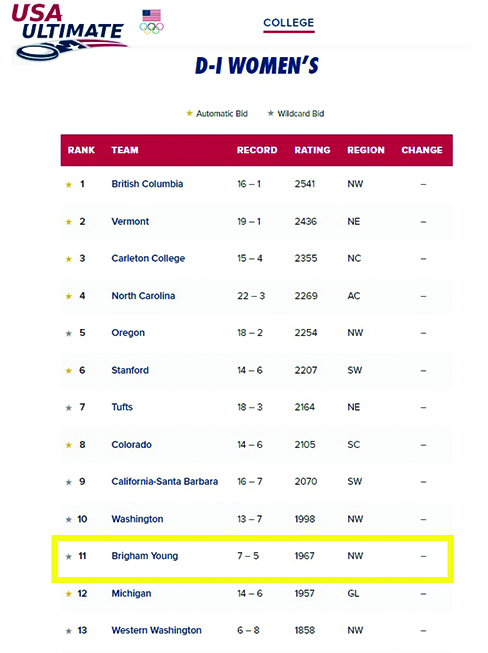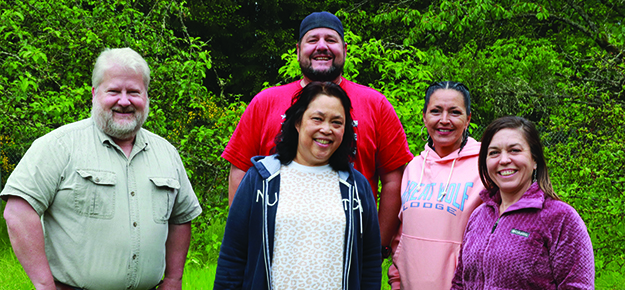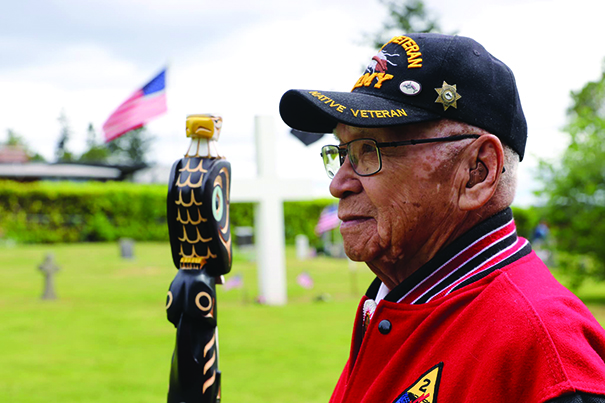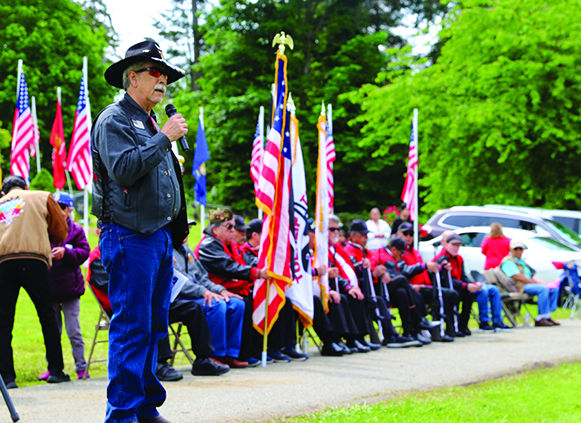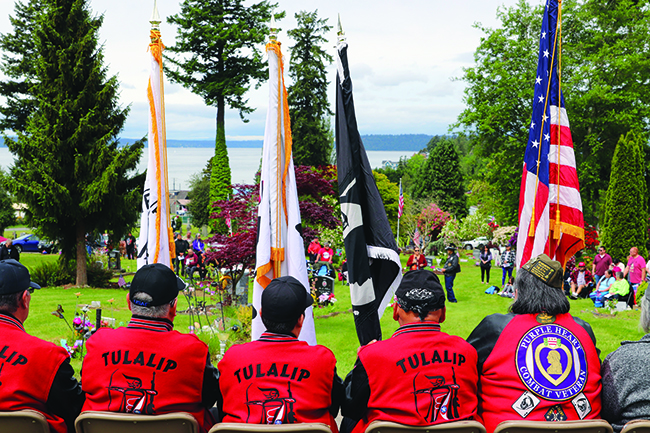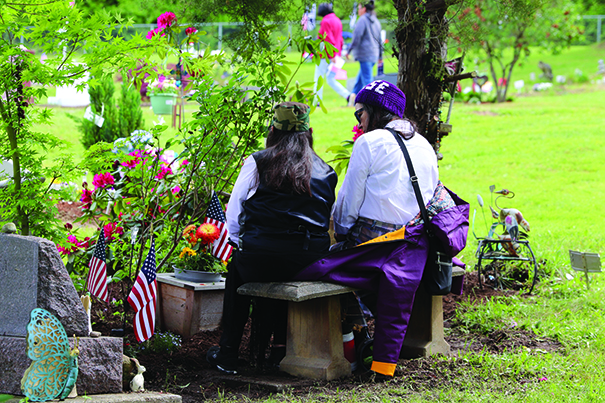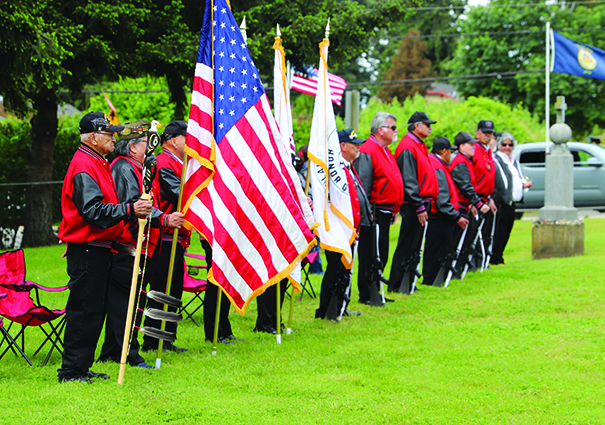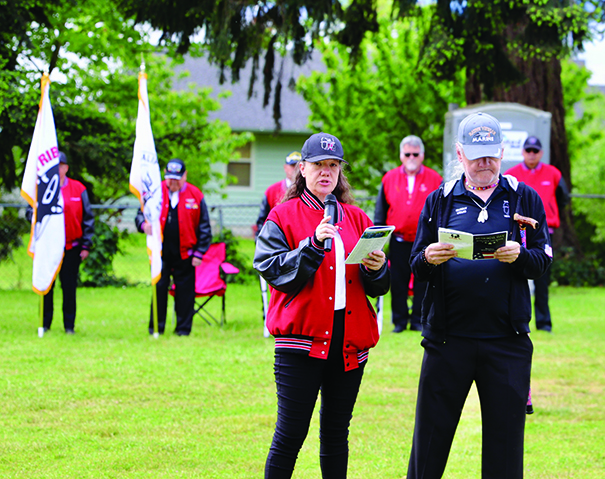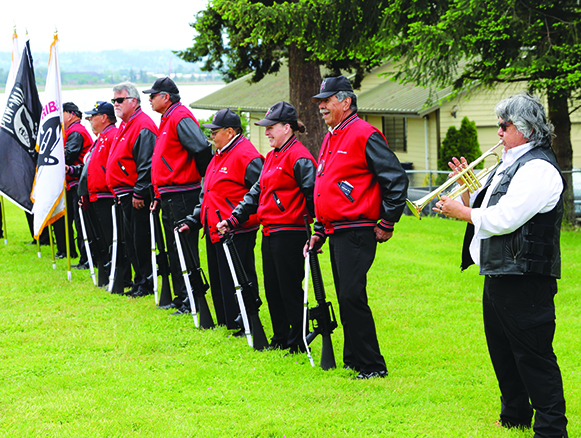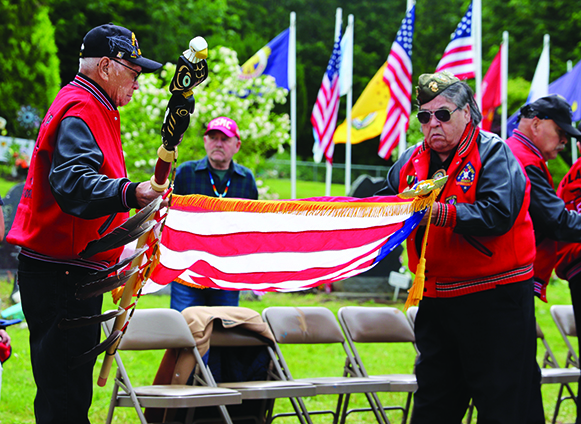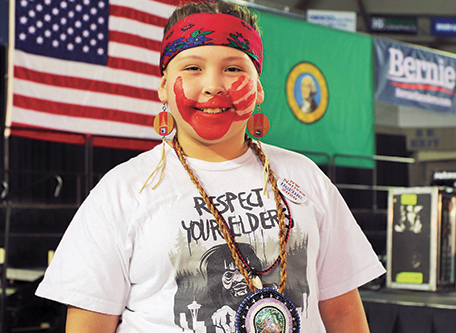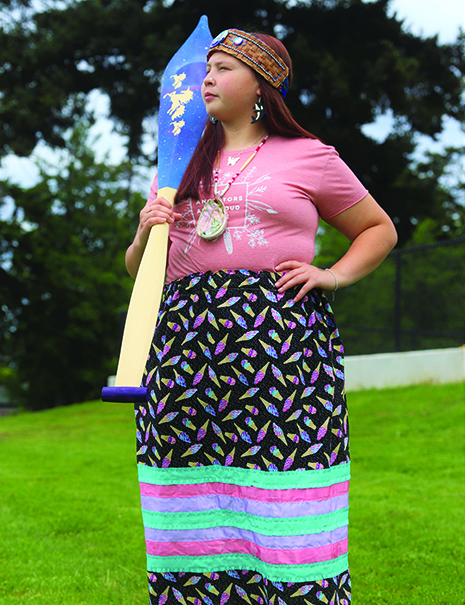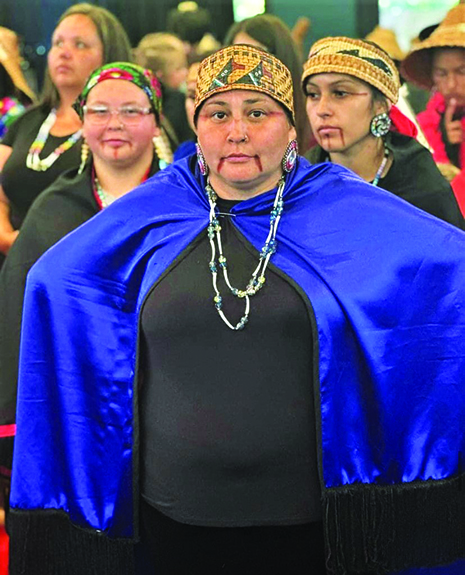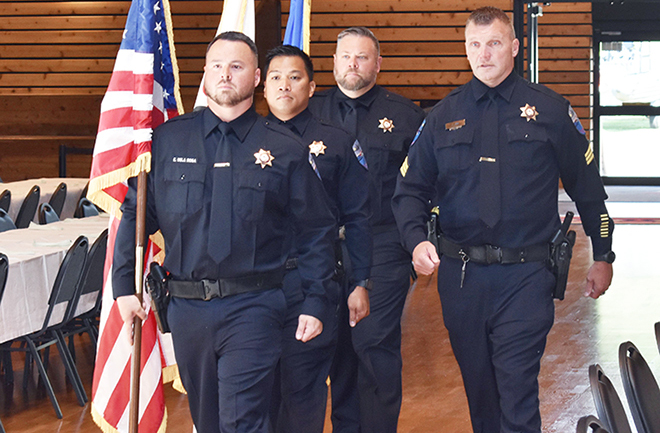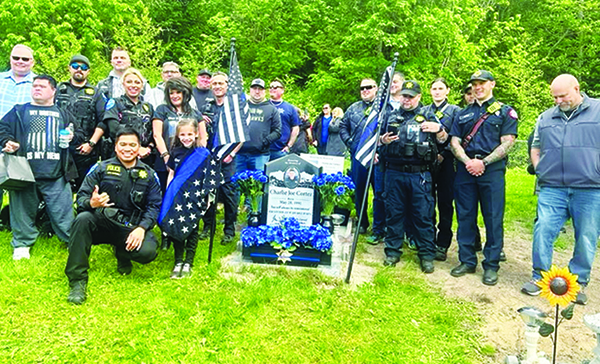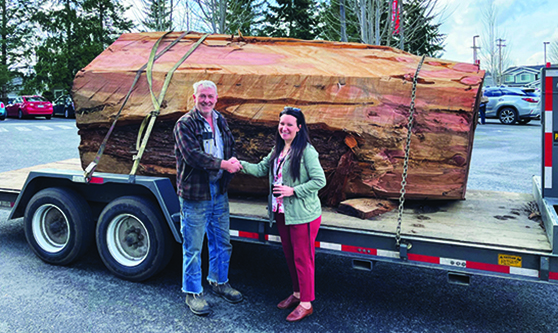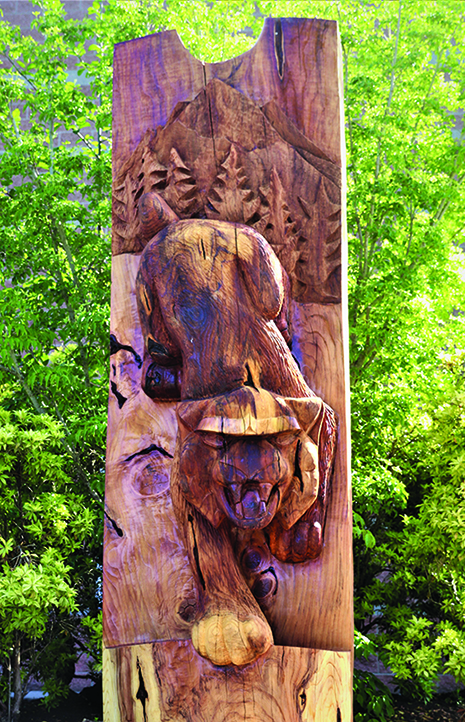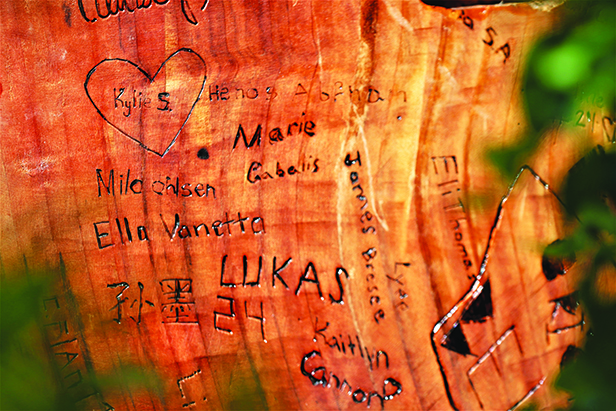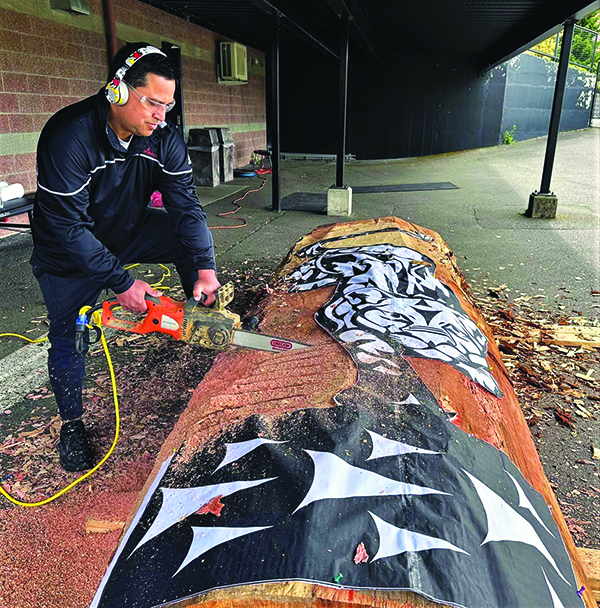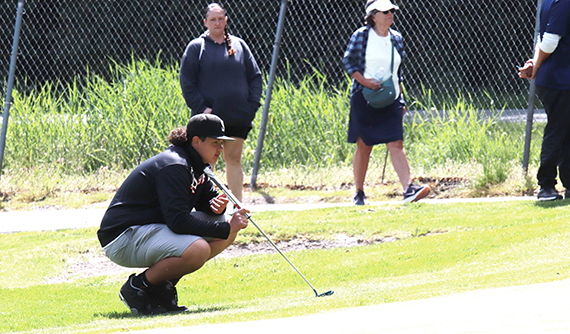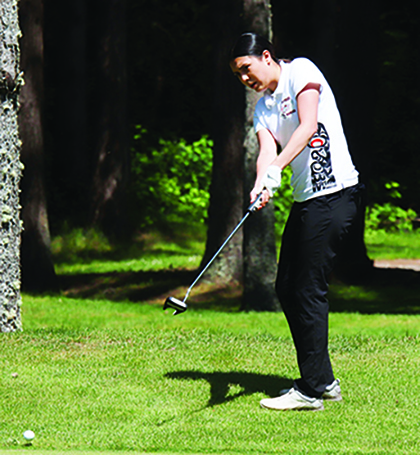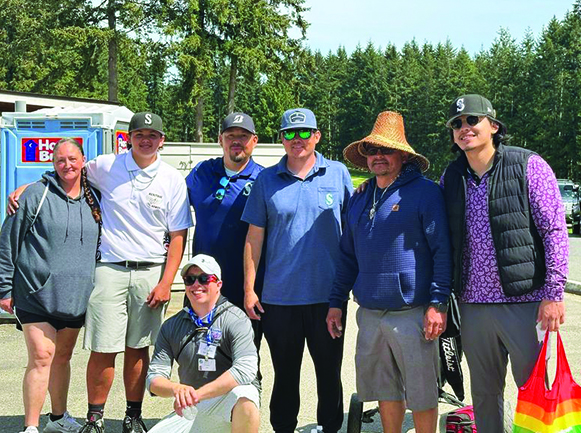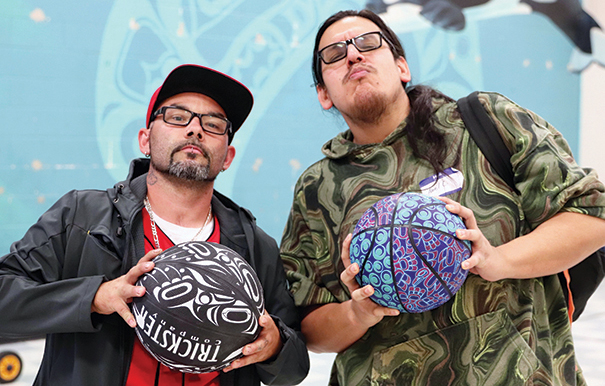
By Kalvin Valdillez, Tulalip News
It was a large turnout for the first Fatherhood Café at Tulalip, presented by the Tulalip Family Haven program and the Washington Fatherhood Council. On the morning of May 22, approximately 30 tribal dads participated in the four-hour event at the TELA gymnasium. Showing up with intention and a desire to learn, they all shared the common goal of becoming the best fathers that they can for their children.
One of the major aspects of the Fatherhood Café is to connect the local dads with available resources to help them out along their journey. For this reason, there were several representatives from tribal departments like TOCLA, TANF, and the Village of Hope in attendance to answer questions and discuss the services they offer.
This particular Fatherhood Café event was tailored for tribal members. It was also designed to help the dad’s open up and vocalize their struggles, as well as discuss possible solutions to the obstacles that they face as Indigenous fathers in 2024. Additionally, it gave them an opportunity to talk about what they would like to see from the Tribe and the community in terms of support and recognition.
The dads broke into small groups and brainstormed together about various topics and areas where they would like to see more support for local fathers, such as guidance through the justice system, assistance for dads in recovery, reunification efforts, reintegration after incarceration, child support, housing, employment, community gatherings, and cultural activities.
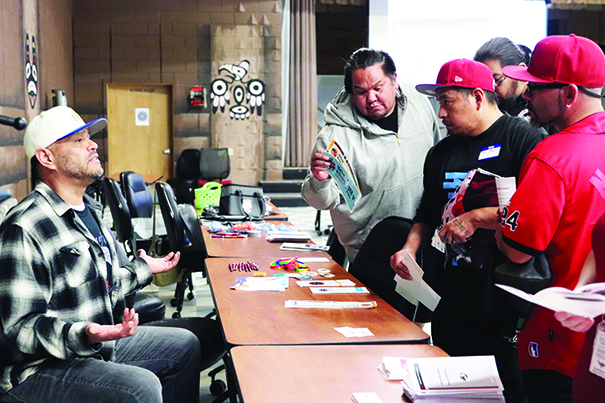
Halfway through the event, the dads took a break to enjoy some delicious Hawaiian food, catered by Taste of Aloha. Raffle items were also awarded during the break and attendees walked away with some cool prizes like beaded drumsticks, Trickster basketballs, car seats, books, toys, kites, and Native Northwest water bottles.
After the dads got a few jumpers off during an impromptu shoot around, they regrouped to engage in open dialogue and go over their notes from their earlier brainstorming session. This resulted in a bonding moment, where the dads where able to relate to each other’s experiences and build off each other’s ideas.
By the end of the discussion, the dads put together a detailed list of changes they would like to see in the community on behalf of all tribal fathers, and also a solid plan of how to accomplish said changes.
Sasha Smith, Family Haven’s Youth and Family Support Coordinator, explained that a number of the fathers were actively involved during the planning phase of the Fatherhood Café and provided insight as tribal fathers.
Said Sasha, “We had a committee of like six or seven local dads who showed up each week and shared ideas of what they wanted the café to look like, and what Dad’s Group is going to look like. The whole point of the café was to brainstorm what is working, what isn’t working, and what they would like to see happen. I think it really speaks volumes to what the community is asking for and needing. They’re saying they want support just as much as anyone else – that dads matter too and that they’re just as important as the mother in our families.”
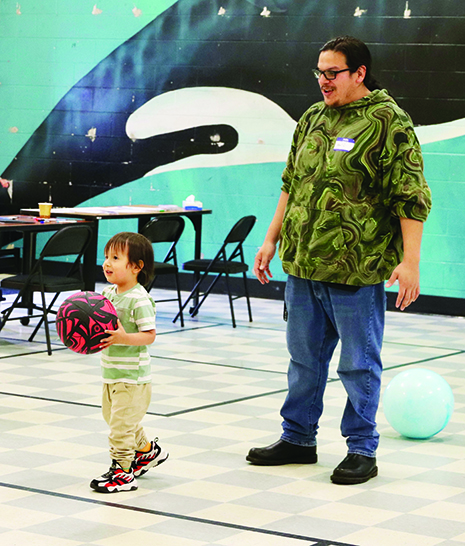
As a group, the first event that dads planned for is a breakfast cookout that will take place on a regular basis, the second Saturday of every month. Their first get-together is planned for July 13, from 9 am to 11 am. Though the location has yet to be determined, the Dad’s Group assures any interested parties that it will take place at a local space on the rez. With the monthly breakfast meetups established, the group is now in the planning phases for other gatherings and outings, that they can enjoy with their kiddos, such as tours of the Tribe’s hatchery, as well as harvesting trips to gather cedar, berries, and salmon.
Local father and Dad’s Group member, Benjamin Deen shared, “This was my first time coming to something like this, and it was exactly what I needed. Today I’m leaving here knowing that I can be a part of something, that I’m not alone. And also, with the knowledge that we need to embrace our future and come together to make change happen. There are opportunities out there and we need to find them and grasp a hold of them, because we are a community and we need to work together to build up our young ones, so they have a bigger, brighter future. I’m excited to see what we can bring to the community and I’m looking forward to sharing my experience and what I’ve been through to help other Native males know they’re not alone.”
Dad’s Group is open to all tribal fathers. If you would like to learn more about Dad’s Group, please reach out to Sasha Smith at (360) 716-4404.
“It’s important to have that group of people who you can have that commonality of, it’s okay to not be okay some days,” Sasha expressed. “We also want to honor the uncles who are helping raise their nieces and nephews, the grandpas raising their grandkids. Anyone who identifies as a dad and is raising children should be supported, whether you’re in a healthy relationship or not, if you’re with your partner or not, if you never had a dad, if you weren’t raised by your family. We want to make sure our fathers have the support they need. We want to help give them the tools to be more successful and to engage in services, culture, community, and help them be that dad that they want to be.”
